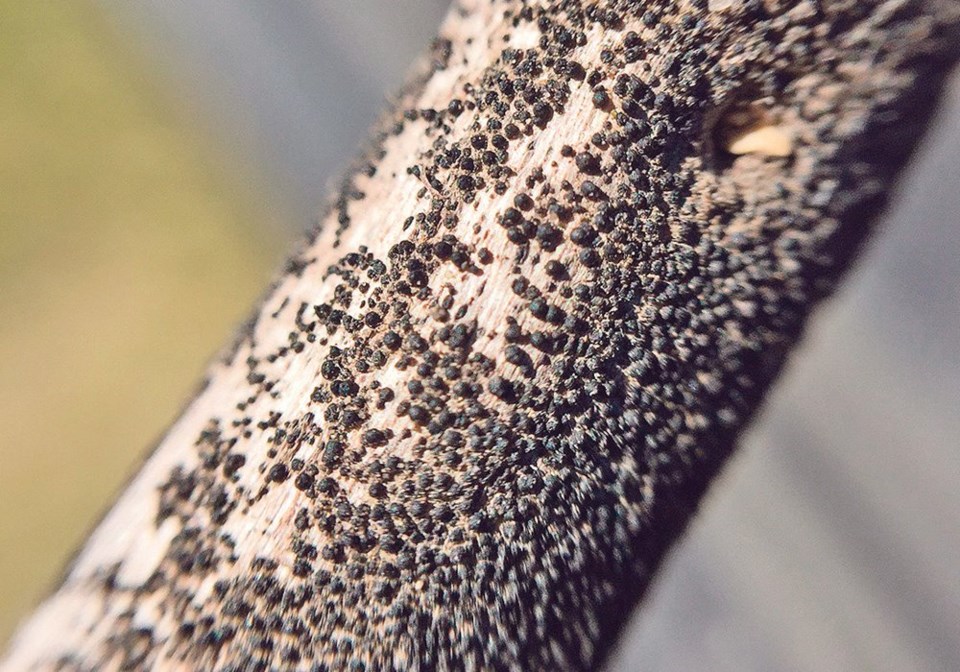WESTERN PRODUCER — Agriculture Canada researchers have made a breakthrough likely to help canola growers manage one of their biggest disease threats.
Researchers have sequenced 162 races of the blackleg pathogen that are prevalent in Western Canada and with that knowledge they hope to provide growers with new tools for better managing the disease.
Blackleg was first detected in a field in northeastern Saskatchewan in 1975.
It quickly became the most damaging canola disease on the Prairies in the 1980s and 1990s with yield losses of up to 50 percent reported in some fields.
Canola varieties with high levels of resistance to the disease were introduced in the early 1990s but by the late 1990s the pathogen was starting to overcome that resistance.
The incidence and severity of the disease has been on the rise in the last decade.
But breeders should be able to create lines with more robust resistance now that scientists have sequenced 162 strains of the pathogen and have a better understanding of its genetic variability and population structure.
“They will be able to get a more in-depth vision of how the pathogen is evolving in different parts of the Prairies,” said Doug Heath, research manager with the Saskatchewan Canola Development Commission.
That should help breeders develop varieties to better defend against the pathogen.
By sequencing all the genes in the pathogen, scientists will be able to see what genes are evolving faster than others and whether they are correlated to the evolution of new races.
“It might offer them targets to look at for new resistance genes,” said Heath.
The 162 strains were selected from more than 1,000 races of the disease that were collected by pathologists across the three prairie provinces over the last two decades.
“Our sample is very, very unique,” said Fengqun Yu, lead researcher of the study.
“I don’t think anyone else has these kinds of resources.”
Population samples from Alberta and Saskatchewan had similar genetic makeup, while those from Manitoba were highly diversified, which makes managing the disease more complicated in that province.
One of the main goals of the research is to develop a tool so growers can conduct risk-profiling of blackleg-infected fields.
Researchers can create a culture from canola leaves or stubble and detect which of the 162 races of the pathogen is present in a field.
The grower can use that information to pick a cultivar that will provide the best resistance for that field.
But Yu said creating a culture is too time-consuming and expensive, so her team is exploring more cost-effective ways to do the test by isolating the strain through genome sequencing and omitting the culture step.
Heath said SaskCanola already offers growers a free disease-testing program through Discovery Seed Labs.
They use a PCR test, which takes more time than what Yu is proposing, but he said a few more days is immaterial because if a grower is following proper rotation guidelines the next canola crop won’t be planted for another three years.
Yu said her blackleg research program has been placed on the backburner. “I got too busy with clubroot,” she said.
This year alone her lab is working on six different clubroot projects.
But she thinks there is considerable grower interest in the blackleg project as well and hopes a grower group will step up and provide the funding necessary to get the blackleg project across the finish line.
Yu estimated it might be three years of refining before there is a tool that would be ready for commercialization, at which point the technology would be transferred to industry.
“There are quite a lot of companies in Western Canada interested in providing this kind of service,” she said.




